Table of content
Introduction
If you are a FreeStyle Libre 2 user, one question eventually comes up: what to do when your sensor fails or needs replacement? Many people love the convenience of continuous glucose monitoring (CGM), but at the same time, countless users on forums like Reddit have voiced frustrations about sensor reliability, replacements, and customer support.
This blog covers everything you need to know about Libre 2 replacement—how it works, what to expect, common issues, how many replacements you’re allowed, and what changes are coming in 2025.
Why Libre 2 Replacement Matters
The FreeStyle Libre 2 sensor aims to make diabetes easier by providing 14 days of steady glucose checks. Yet, two key facts stand out:
- Sensors have a set lifespan. They’re meant to be swapped out after about 14 days of wear.
- Glitches occur. Users often share stories of sensors quitting early, showing errors, or coming loose from the skin.
That’s why mastering replacements is as vital as putting one on right. No sensor means no steady glucose info, which can amp up stress and health risks. Quick stat: User reports show about 25% of sensors fall short of those full 14 days.
The Big Change: Transition to Libre 2 Plus
Abbott has announced that the Libre 2 sensors will be discontinued by the end of September 2025. After that, users will need to switch to the Libre 2 Plus or Libre 3 Plus sensors.
What does this mean for replacements?
- Current Libre 2 users will still be supported during the transition.
- After the phase-out, all replacements will shift to Plus sensors.
- The new sensors last 15 days instead of 14, offering longer wear time.
So if you’re reading this now, your “Libre 2 replacement” could soon be a “Libre 2 Plus replacement.”
Abbott has recently announced the transition of Libre Sensors, and it’s important to stay updated on what this means for your diabetes management. To help you navigate these changes, we’ve prepared a detailed guide that covers everything you need to know. You can read it here: Abbott Libre 2 and 3 Discontinued – What’s Next?
Forget pricking your fingers all the time!
Do not worry if you tend to forget – libre 2 reminds you of the replacement. Let’s check how;
You can wear this Freestyle Libre 2 sensor for up to 14 days, and then it will stop automatically. At this time, the reader will tell you to replace the sensor.
Before we move to the steps of Freestyle libre 2 sensor replacement, let’s examine some safety points.
Important: Avoid areas with scars, stretch marks, moles, or lumps. Applying the sensor may cause bruising or bleeding. Remove the sensor and apply a new one at a different place if the bleeding does not stop.
Also, make sure to check the expiration date. Do not use it if the product is expired.
- When removing the old sensor, pull up the edge of the adhesive in one motion (slowly, please).
- Clean this space with a non-moisturizing and fragrance-free soap; afterward, use an alcohol wipe to wipe off the space.
- Prepare the sensor pack and sensor applicator as instructed in ‘Applying the sensor.’
- Apply the sensor.
- Make sure the sensor is secure after application (check if it has been properly inserted and there is no serious bleeding).
- Tap ‘start new sensor’ on the reader.
- Hold the sensor near the sensor to scan it (keep holding till you listen to the beep); it usually takes a few seconds.
- The sensor needs an hour of startup time.
The instructions provided above are as instructed by Abbot.
Enjoy real-time glucose monitoring! Anytime, anywhere, without the need to prick your fingers. Check your glucose readings as often as you like and make decisions accordingly.
Head towards a better life! Head towards Freestyle Libre.
Step-by-Step Guide: Replacing Your Libre 2
Here’s a simple path to follow if your Libre 2 sensor stops working before its 14-day wear time:
Document the problem
- Write down when the failure happened.
- Take a photo of the error message.
- Save the old sensor until the replacement arrives.
Contact support
- Provide the sensor serial number and your account details.
- Explain the failure clearly (early failure, adhesive issue, inaccurate readings, etc.).
Request replacement
- Ask specifically for a replacement sensor.
- Confirm shipping address and timeline.
Use backups
- While waiting, rely on your blood glucose meter.
- Always have spare sensors or test strips at home.
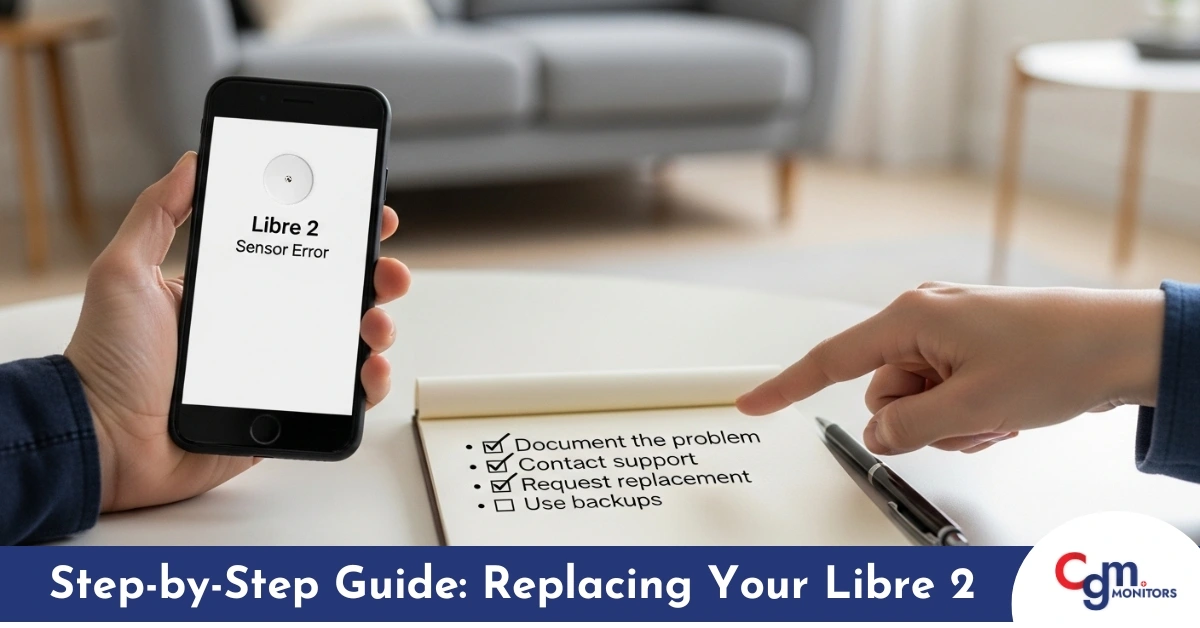
Why Sensors Fail and How to Prevent Issues
Not all failures can be prevented, but some tips may help you extend sensor life:
- Apply on clean, dry skin (avoid lotions or oils before placement).
- Use adhesive patches for extra security, especially during workouts or hot weather.
- Rotate placement sites (commonly back of the upper arm) to reduce irritation.
- Check phone compatibility—sometimes app or device issues can cause false errors.
- Avoid bumping or scratching the sensor site.
Alternatives If Replacements Become Too Frequent
Some users on Reddit express frustration after multiple failed sensors. If Libre 2 replacements are eating into your time and patience, consider:
- Switching to Libre 2 Plus or Libre 3 Plus (more reliable and longer wear).
- Exploring other CGMs like Dexcom G7 or Medtronic Guardian.
- Using hybrid methods (fingersticks + CGM) for extra reliability.
What People Ask About Libre 2 Replacement
Here are the most common questions people ask (inspired by Reddit discussions and diabetic support groups):
1. Why do Libre 2 sensors fail so often?
Users frequently report sensors stopping within the first few days. Causes can include placement issues, skin irritation, adhesive failure, or even manufacturing defects.
2. How do I request a replacement sensor?
Most users contact Abbott customer support directly. To make the process smoother:
- Keep the failed sensor’s serial number.
- Take photos or screenshots of error messages.
- Note when and how the failure occurred.
3. Is there a limit to how many replacements I can get?
Yes, many users mention that Abbott has replacement limits. If too many sensors fail in a short period, further requests may be denied until a reset period passes.
4. What happens if my replacement request is denied?
Some users share that persistence helps. If denied, ask to escalate your case, provide detailed documentation, and explain how the failure affected your glucose management.
5. Do I still need fingersticks if my sensor fails?
Yes. Always keep a backup blood glucose meter handy. Even though Libre is convenient, traditional testing is your safety net during failures.
You may consult with your doctor OR use your card to order one right away. CGM Monitors has these sensors and readers available in its inventory at reasonable prices.
Frequently Asked Questions
How long will a Freestyle Libre 2 sensor last?
Usually, a Freestyle Libre 2 sensor lasts for up to 14 days (about 2 weeks).
How will I know if my Libre 2 sensor has expired?
You can wear this Freestyle Libre 2 sensor for up to 14 days, and then it will stop automatically. At this time, the reader will tell you to replace the sensor.
What is the MARD value of a Libre 2 sensor?
You can wear this Freestyle Libre 2 sensor for up to 14 days, and then it will stop automatically. At this time, the reader will tell you to replace the sensor.
What to do if my skin is dry and I am having a tough time removing the sensor?
You may use baby oil or coconut oil (if you are not allergic) on the adhesive edges and leave it for a while, so that it becomes soft. Remove it after a few minutes, in one direction and softly please.

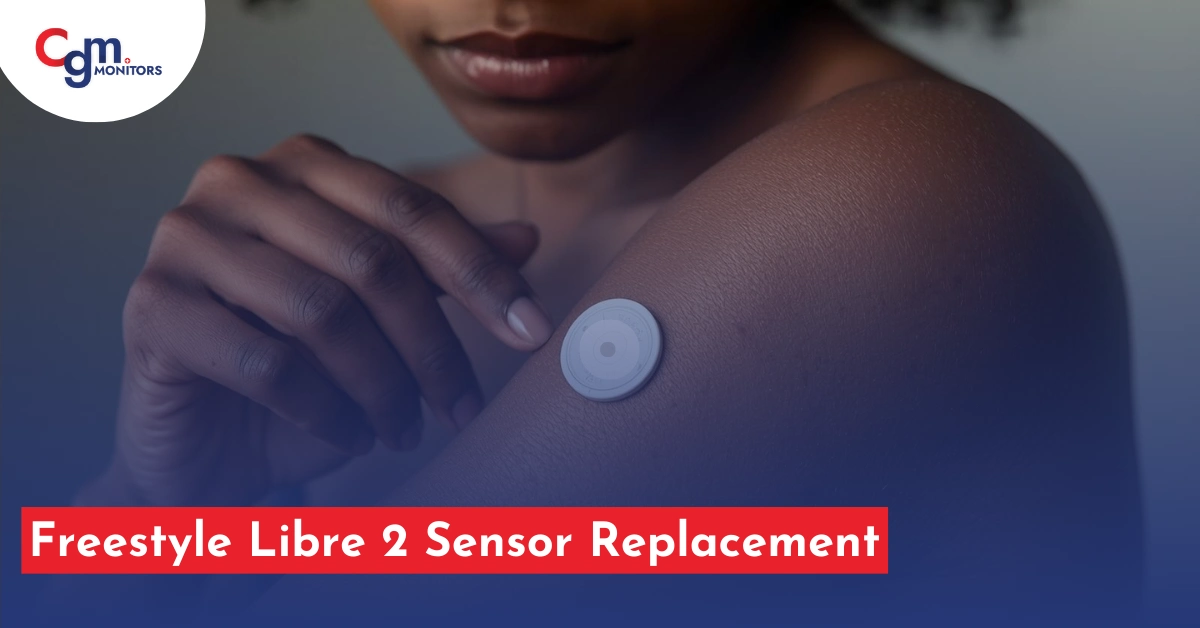
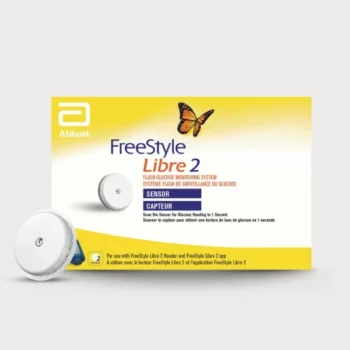
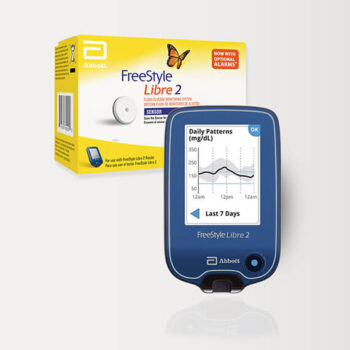

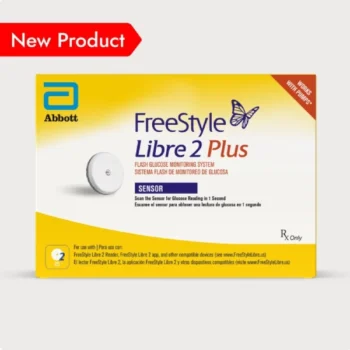

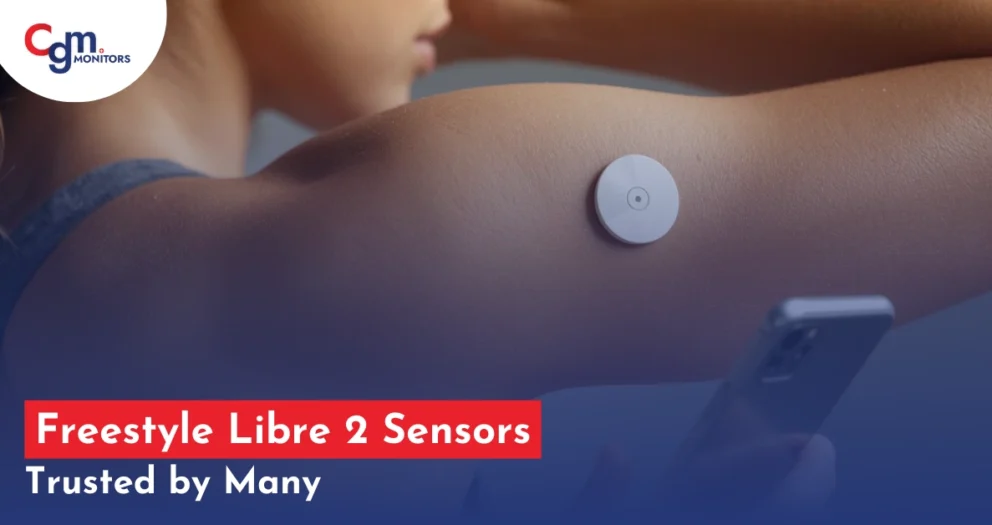


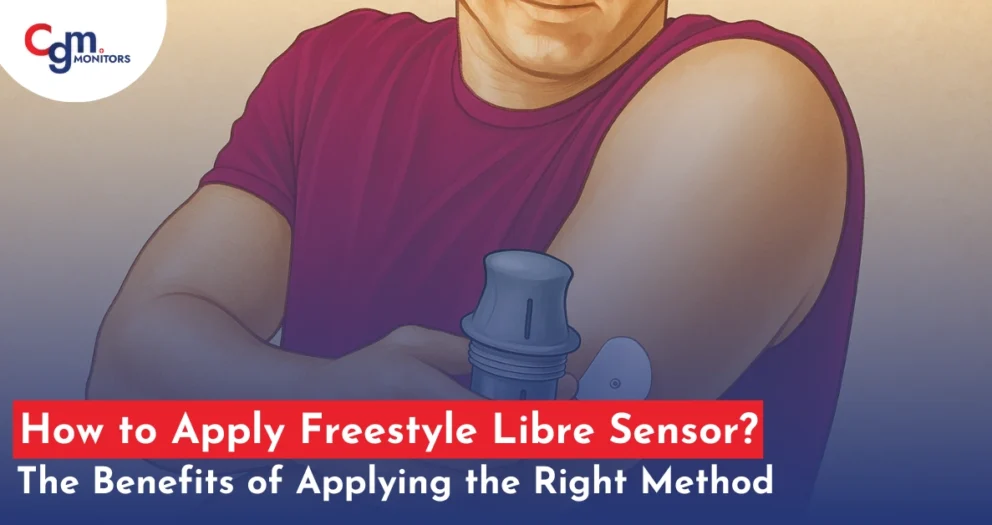
Write a comment
Your email address will not be published. All fields are required